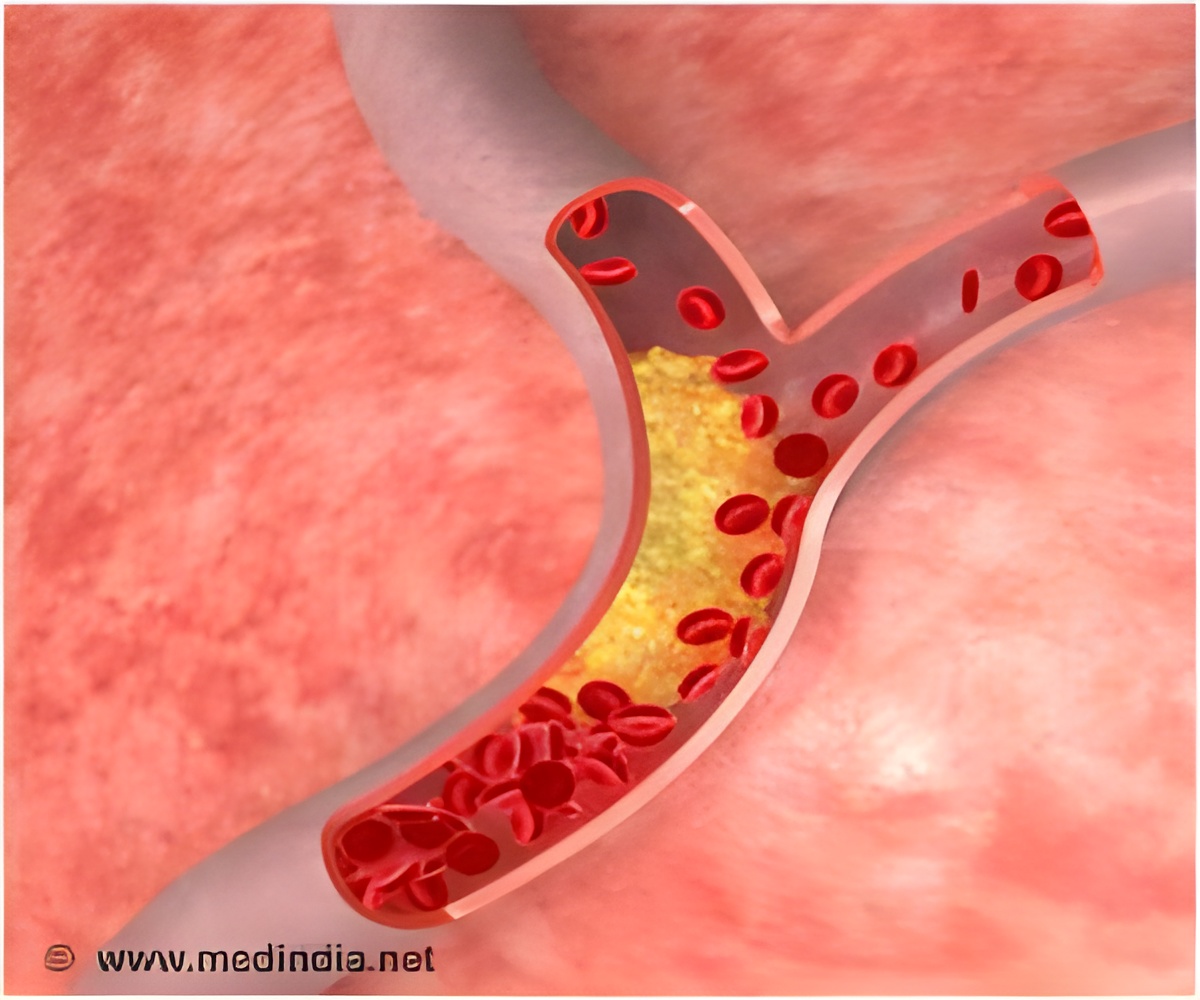The cells shed from a cancerous tumour into the bloodstream are genetically diverse according to the findings of researchers of Stanford University School of Medicine.

The new study, which will be published online May 7 in PLoS ONE, is the first to look at so-called circulating tumor cells one by one, rather than taking the average of many of the cells. And it's the first to show the extent of the genetic differences between such cells.
"Within a single blood draw from a single patient, we're seeing heterogeneous populations of circulating tumor cells," said senior study author Stefanie Jeffrey, MD, professor of surgery and chief of surgical oncology research.
For over a century, scientists have known that circulating tumor cells, or CTCs, are shed from tumors and move through the bloodstreams of cancer patients. And over the past five years, there's been a growing sense among many cancer researchers that these cells — accessible by a quick blood draw — could be the key to tracking tumors non-invasively. But separating CTCs from blood cells is hard; there can be as few as one or two CTCs in every milliliter of a person's blood, mixed among billions of other blood cells.
To make their latest discovery, Jeffrey, along with an interdisciplinary team of engineers, quantitative biologists, genome scientists and clinicians, relied on a technology they developed in 2008. Called the MagSweeper, it's a device that lets them isolate live CTCs with very high purity from patient blood samples, based on the presence of a particular protein — EpCAM — that's on the surface of cancer cells but not healthy blood cells.
With the goal of studying CTCs from breast cancer patients, the team first tested whether they could accurately detect the expression levels of 95 different genes in single cells from seven different cell-line models of breast cancer — a proof of principle since they already knew the genetics of these tumors. These included four cell lines generally used by breast cancer researchers and pharmaceutical scientists worldwide and three cell lines specially generated from patients' primary tumors.
Advertisement
So once Jeffrey and her collaborators isolated CTCs using the MagSweeper, they turned to a different kind of technology: real-time PCR microfluidic chips, invented by a Stanford collaborator, Stephen Quake, PhD, professor of bioengineering. They purified genetic material from each CTC and used the high-throughput technology to measure the levels of all 95 genes at once. The results on the cell-line-derived cells were a success; the genes in the CTCs reflected the known properties of the mouse cell-line models. So the team moved on to testing the 95 genes in CTCs from 50 human breast cancer patients — 30 with cancer that had spread to other organs, 20 with only primary breast tumors.
Advertisement
The diversity, Jeffrey said, means that tumors may contain multiple types of cancer cells that may get into the bloodstream, and a single biopsy from a patient's tumor doesn't necessarily reflect all the molecular changes that are driving a cancer forward and helping it spread. Moreover, different cells may require different therapies. One breast cancer patient studied, for example, had some CTCs positive for the marker HER2 and others lacked the marker. When the patient was treated with a drug designed to target HER2-positive cancers, the CTCs lacking the molecule remained in her bloodstream.
When the team went on to compare the diverse genetic profiles of the breast cancer patients' CTCs with the cells they'd studied from the cell lines, they were in for another surprise: None of the human CTCs had the same gene patterns as any of the cell-line models.
"These models are what people are using for drug discovery and initial drug testing," said Jeffrey, "but our finding suggests that perhaps they're not that helpful as models of spreading cancers." While the human cell-line cells did show diversity between each of the seven cell lines, they didn't fall into any of the same genetic profiles as the CTCs from human blood samples.
These results don't have immediate impacts for cancer patients in the clinic because more work is needed to discover whether different types of CTCs respond to different therapies and whether that will be clinically useful for guiding treatment decisions. But the finding is a step forward in understanding the basic science behind the bits of tumors that circulate in the blood. It's the first time that scientists have used high-throughput gene analysis to study individual CTCs, and opens the door for future experiments that delve even more into the cell diversity. The Stanford team is now working on different methods of using CTCs for drug testing as well as studying the relationship between CTC genetic profiles and cancer treatment outcomes. They've also expanded their work to include primary lung and pancreatic cancers as well as breast tumors.
Source-Eurekalert










